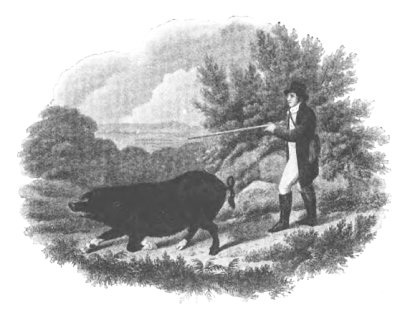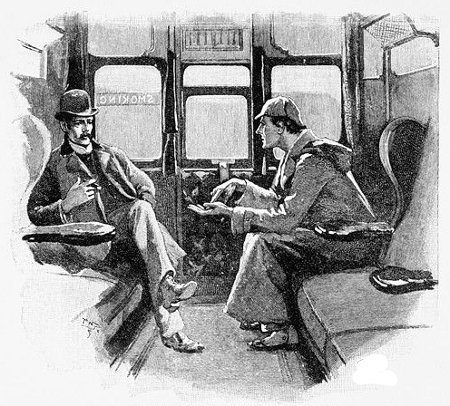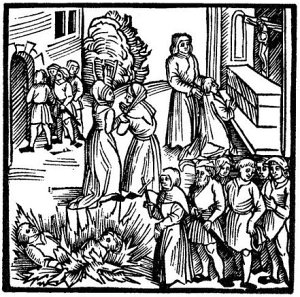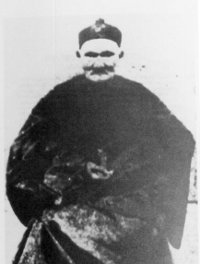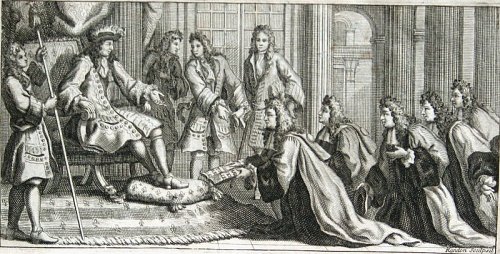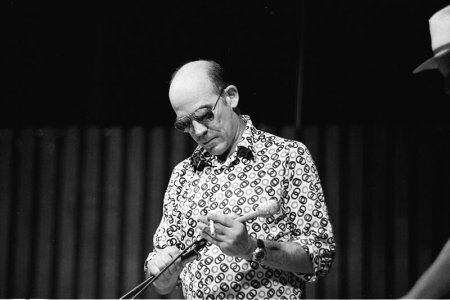
When Hunter S. Thompson published Fear and Loathing in Las Vegas, writers began to send him manuscripts, hoping he could help to get them published in Rolling Stone. Thompson sent a package of their poems to the magazine’s poetry editor, Charles Perry. “I don’t know about this stuff,” he wrote. “If you feel the same way, send it back to them with this” — and he included a prepared rejection letter:
You worthless, acid-sucking piece of illiterate shit! Don’t ever send this kind of brain-damaged swill in here again. If I had the time, I’d come out there and drive a fucking wooden stake into your forehead. Why don’t you get a job, germ? Maybe delivering advertising handouts door to door, or taking tickets for a wax museum. You drab South Bend cocksuckers are all the same; like those dope-addled dingbats at the Rolling Stone office. I’d like to kill those bastards for sending me your piece … and I’d just as soon kill you, too. Jam this morbid drivel up your ass where your readership will better appreciate it.
“We actually sent it out to a couple of people, thinking they would appreciate it,” Perry recalled later. “One person took it to a lawyer and asked whether he could sue us, and the lawyer said, ‘No, you don’t have a leg to stand on … but could I Xerox it?'”

